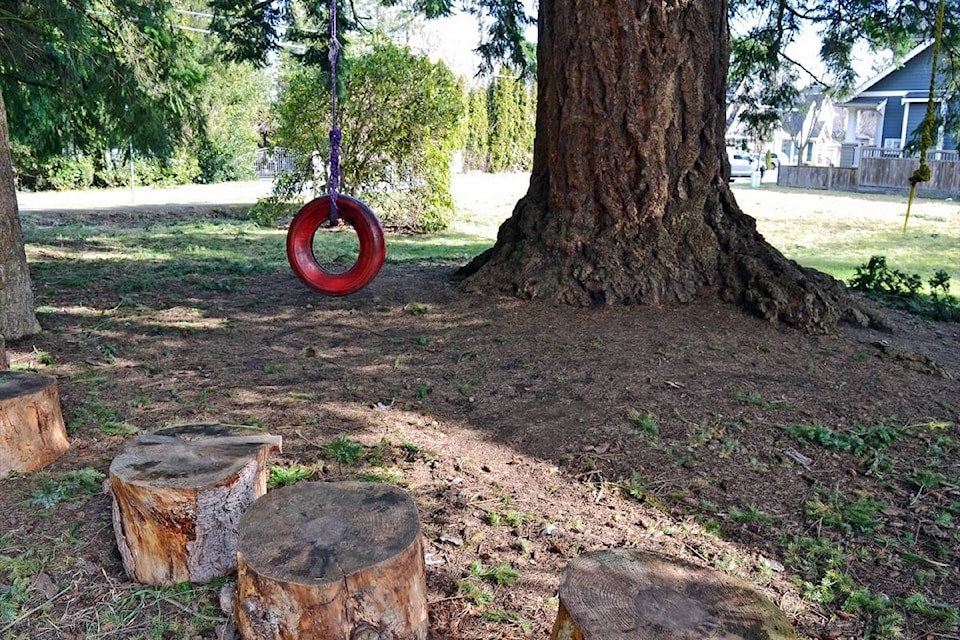Editor:
I am writing to express both gratitude and concern as a result of reading two articles in the Peace Arch News, March 20; “Eagle eggs spotted in South Surrey nest” and “Holes in fir tree’s trunk concern neighbours.”
It’s ironic that these two articles appeared on the same day.
Thank you for writing about the success of the newly constructed nest tree. I think it’s important to bring attention to the innovation that comes out of the need to protect species such as bald eagles. David Hancock facilitated the construction of this eagle preserve; the future of this ‘family’ is now in nature’s hands.
Concerning is the fact that both above-mentioned articles refer to the diminishing supply of large, mature trees that are available to eagles. In the square bounded by 160 Street to 176 Street and 8 Avenue to 24 Avenue, large mature trees are being felled at an alarming rate.
Large swaths of land are being cleared of nearly all trees. Eagles soar overhead and regularly perch on mature fir trees in my neighbourhood, but not for long. I hear great horned owls at night. The trees are coming down.
I’m angry that there are allegations of vandalism to mature trees that were coincidentally on properties destined for development: holes in a fir tree’s trunk at 2 Avenue and 172 Street; chainsaw damage to a cottonwood which was a bald eagle nesting tree at 20 Avenue and Croydon Avenue (as a result the tree had to be taken down).
While penalties won’t bring the trees back, at least hold people accountable. Where is the “replacement” nest tree that was promised for Croydon Avenue? That tree was protected by law. Clearly, a constructed nest tree can be successful.
To the City of Surrey, enough destruction. South Surrey is becoming concrete sprawl. It’s unacceptable to leave one or two sad trees on land where dozens of mature trees once stood.
Consider the negative consequences to the wildlife that is being displaced. Consider the importance of connecting people to nature. Consider cost, it isn’t necessary to spend money rehabilitating and restoring natural habitat if it’s not destroyed in the first place.
Carole Robertson, Surrey
•••
What a tragedy. A first-growth tree, healthy and beautiful, having a number of holes bored into its trunk.
This is a heritage tree. I know because I lived next to it for many years, long before the development.
This exquisite tree housed birds, provided shade and gave children the thrill of a tire swing.
Prior to the development, in the mid-90s an arborist visited and tagged it as a heritage tree. It was not to be interfered with at all. A central gathering area or mini park had been planned around it.
The area is called Douglas and this Douglas Fir was to be the centrepiece of the community. How unfortunate people will not be blessed with this amazing tree for many more years to come.
Beverley Steeves, Surrey
